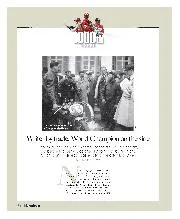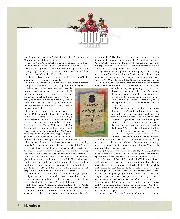At times, he could be dogmatic. He disliked Hockenheim, refused to report on the Hungarian Grand Prix, nor did he attend a Japanese GP. He had firm views and he voiced them.
He left us for Autosport but, sadly, illness soon intervened and now a unique personality, an immensely respected writer in the racing world, is lost to us. Almost to the end I continued to receive his erudite letters from his cottage near Odiham, Hampshire, which was ‘typical Jenks’. His like will never… well, it won’t. I and so many others have lost more than a friend. His books, articles and our memories of him will live on as the finest obituary anyone could have. Rest in peace, old friend, and dream of fast cars and all those circuits.
Bill Boddy
Jenks always said he had to live until he was 100 because he still had so much still to do. He also said he would never retire from work because, in his mind, he’d never really started it. Yet somehow, his death last month at the age of 75, ten months after being incapacitated by a stroke, almost came almost as a relief to those of us who remembered him firing on all cylinders. It would be no exaggeration to say that Jenks was pretty much the single-handed inspiration to a generation of motorsport writers. Nigel Roebuck, Eoin Young, Maurice Hamilton, Simon Taylor, Doug Nye and myself were among those who, for want of a better expression, fell under his spell.
For almost forty years, his Grand Prix reports and features made Motor Sport compulsory reading for anybody aspiring to a career in motor racing journalism. We all envied his off-beat, rather bohemian existence. In April, he would set off to the continent, variously at the wheel of his Lancia Aprilia, Porsche 356 or E-type Jaguars, to report the Targa Florio road race. And he wouldn’t return to Britain until after the Italian Grand Prix at Monza.











